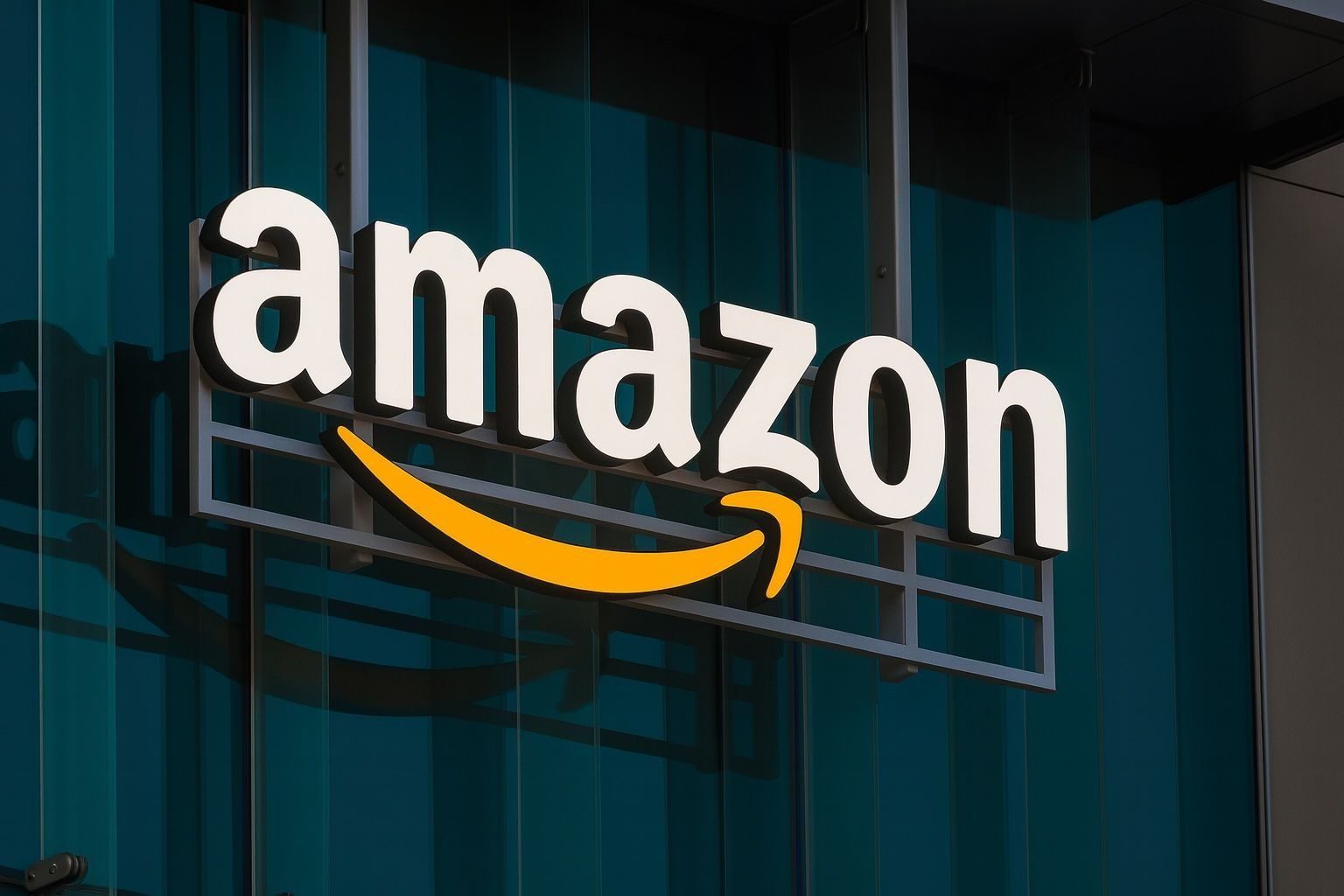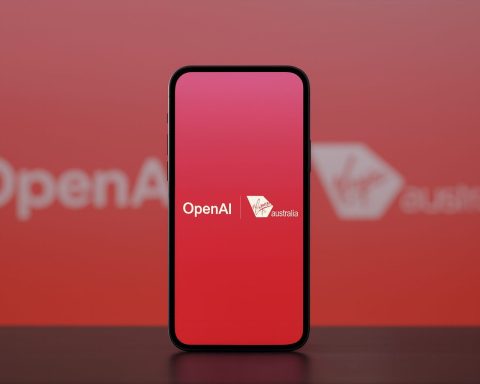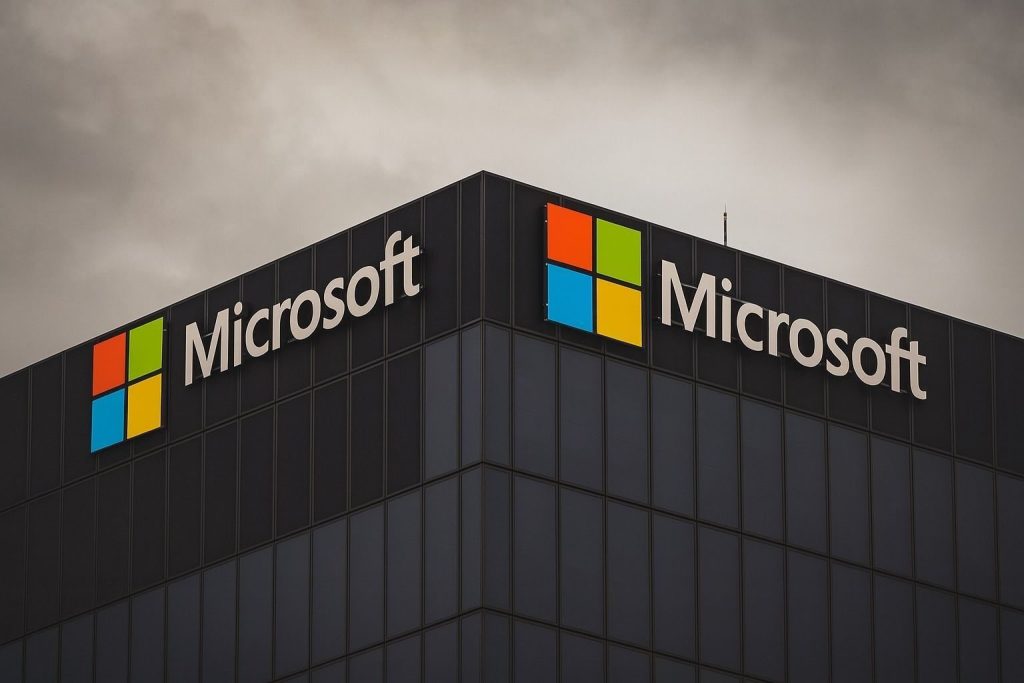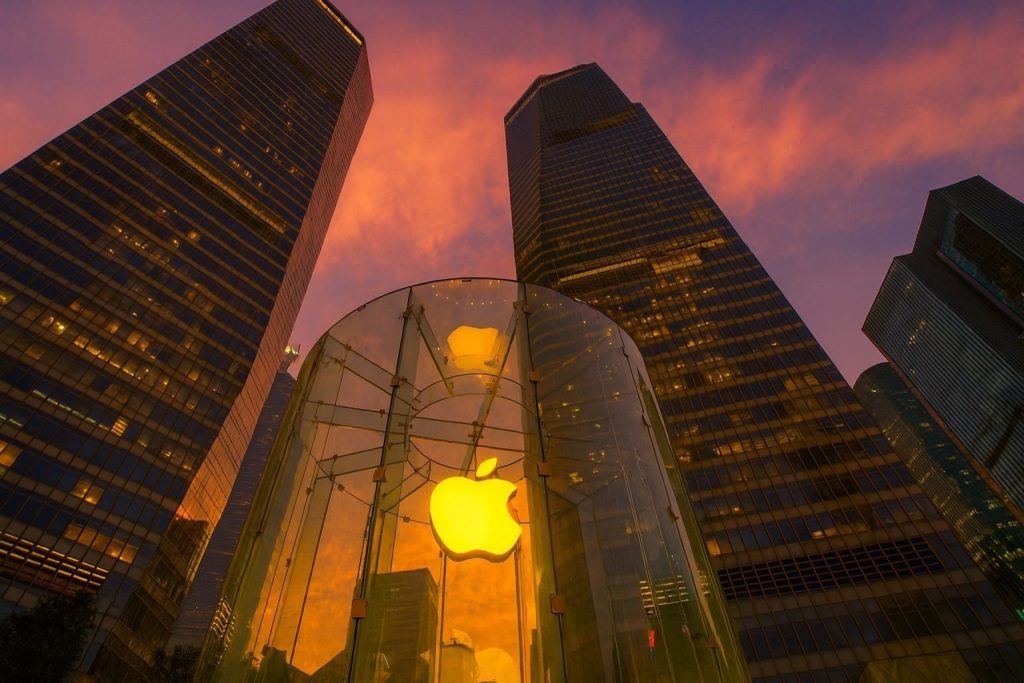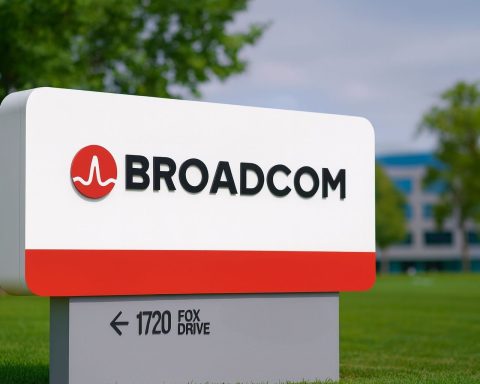As 2025 draws to a close, Amazon.com Inc. is in the middle of one of the biggest strategic pivots in its history. The e‑commerce and cloud giant is pouring tens of billions of dollars into artificial intelligence infrastructure, reshaping its workforce, and battling regulators on multiple fronts — all while its AWS cloud unit returns to high‑growth mode and workers strike at key European warehouses on Black Friday. [1]
Below is a comprehensive look at the latest developments around Amazon’s business, finances, AI bets, labor relations and regulatory challenges as of November 28, 2025.
Q3 2025: Earnings Beat Powered by AWS Re‑Acceleration
Amazon’s third‑quarter 2025 results underline how central AI and cloud are to the company’s next phase.
- Net sales rose 13% year on year to $180.2 billion, up from $158.9 billion in Q3 2024.
- AWS revenue climbed 20% to $33.0 billion, marking the cloud unit’s fastest growth since 2022.
- Net income jumped to $21.2 billion, or $1.95 per diluted share, versus $15.3 billion a year earlier. [2]
Operating income was flat at $17.4 billion, but that headline number hides big one‑off items. The quarter included:
- A $2.5 billion charge tied to a settlement with the U.S. Federal Trade Commission (FTC) over Amazon Prime subscription practices.
- About $1.8 billion in estimated severance costs, reflecting a major wave of planned role eliminations across the company. [3]
Without those charges, operating income would have been $21.7 billion, underscoring how profitable the underlying business has become.
Amazon also highlighted how aggressively it is building out AI infrastructure:
- Over the last 12 months, the company says it has added more than 3.8 gigawatts of capacity for AWS.
- AI is now woven into “every corner” of the business, from fulfillment optimization to shopping experiences like the Rufus assistant. [4]
That AI push is expensive. Free cash flow over the trailing 12 months fell to $14.8 billion, down from $47.7 billion a year earlier, driven largely by a $50.9 billion increase in property and equipment purchases, much of it related to data centers and chips. [5]
Analysts note that while Amazon is the worst‑performing of the so‑called “Magnificent Seven” megacap tech stocks in 2025, its AI and AWS fundamentals are strengthening: AI‑related workloads are estimated to be growing several times faster than AWS’s more traditional cloud business, and the AWS backlog is believed to be around $200 billion. [6]
AI Supercomputing: $50 Billion for U.S. Government and a $38 Billion OpenAI Deal
The most eye‑catching recent news is Amazon’s decision to become a cornerstone of U.S. government and frontier‑model AI infrastructure.
A $50 Billion AI and Supercomputing Push for Federal Agencies
In late November, Amazon announced plans to invest up to $50 billion to expand AI and high‑performance computing (HPC) capacity for U.S. government customers of AWS. [7]
Key elements of the plan:
- AWS will build the first purpose‑built AI + HPC infrastructure specifically for U.S. government workloads.
- The project, scheduled to break ground in 2026, will add nearly 1.3 gigawatts of AI and supercomputing capacity across AWS Top Secret, AWS Secret, and AWS GovCloud (US) regions. [8]
- Federal agencies will gain scaled access to Amazon’s full AI stack: Amazon SageMaker, Amazon Bedrock, Amazon Nova foundation models, Anthropic’s Claude, AWS Trainium chips, and NVIDIA AI infrastructure. [9]
For Washington, the deal is framed as both a national‑security and productivity play — enabling faster simulations, intelligence analysis, and scientific research — and as part of the U.S. AI Action Plan. For Amazon, it fortifies its dominant position in government cloud, where AWS already supports 11,000+ agencies. [10]
A $38 Billion Strategic Partnership with OpenAI
Earlier in November, AWS and OpenAI announced a multi‑year, $38 billion strategic partnership under which OpenAI will run its advanced AI workloads on Amazon’s cloud infrastructure. [11]
According to Amazon and OpenAI:
- OpenAI will gain access to hundreds of thousands of NVIDIA GPUs in AWS data centers, with the ability to scale to tens of millions of CPUs.
- AWS will provide specialized Amazon EC2 UltraServers and clusters capable of running frontier model training and large‑scale inference, including future generations of ChatGPT. [12]
The OpenAI deal positions AWS as a central provider of compute for one of the world’s most compute‑hungry AI companies, even as OpenAI maintains deep ties with Microsoft.
Trainium2, “Project Rainier” and Amazon’s Full‑Stack AI Ambition
The Q3 earnings release also highlighted Trainium2, Amazon’s in‑house AI accelerator:
- Trainium2 is described as a fully subscribed, multi‑billion‑dollar business that grew 150% quarter over quarter.
- Amazon unveiled Project Rainier, a massive AI compute cluster with nearly 500,000 Trainium2 chips, built to train and deploy Anthropic’s latest Claude models. [13]
Combined with Nova foundation models and Bedrock’s managed model platform, Amazon is clearly betting on a vertically integrated AI stack — from chips to cloud infrastructure to models and developer APIs — rather than relying solely on third‑party GPUs.
$15 Billion Bond Sale and a North American Data Center Building Spree
All this AI infrastructure needs to be paid for, and Amazon is tapping both debt markets and local incentives to do it.
First U.S. Bond Sale in Three Years
On November 17, Amazon launched its first U.S. dollar bond sale since 2022, raising $15 billion across six tranches. The longest 40‑year bond priced at just 0.85 percentage points above Treasuries after strong investor demand, signaling deep market appetite for Amazon debt. [14]
Amazon told investors that:
- Proceeds could be used for acquisitions, capital expenditures, and share buybacks, but the sale comes as the company’s capital expenditures are expected to reach around $125 billion in 2025, with even more planned for 2026 — largely to fund AI data centers and chips. [15]
$15 Billion in Indiana and $3 Billion in Mississippi Data Centers
Within days of the bond sale and the federal AI announcement, Amazon unveiled two more major U.S. data center investments:
- Northern Indiana: Amazon plans to invest about $15 billion to build data center campuses in the region, adding roughly 2.4 gigawatts of capacity and creating about 1,100 jobs. This follows an earlier $11 billion commitment and brings its total Indiana investment since 2010 above $31.3 billion. [16]
- Warren County, Mississippi: Amazon will invest at least $3 billion in a next‑generation data center campus focused on AI and cloud workloads, with hundreds of direct jobs and additional local economic development, including workforce training and a new community fund. [17]
These projects complement other AWS infrastructure builds, such as the Fastnet high‑capacity transatlantic cable, and position Amazon strongly in the race for power, land, and fiber needed for AI. [18]
Workforce Shake‑Up: 14,000 Corporate Layoffs and Ongoing Labor Unrest
“Staying Nimble” and 14,000 Corporate Job Cuts
In late October, Amazon confirmed that it would cut about 14,000 corporate roles, roughly 4–5% of its white‑collar workforce. The news came via an internal memo posted publicly under the headline “Staying nimble and continuing to strengthen our organizations.” [19]
Beth Galetti, Amazon’s SVP of People Experience and Technology, framed the layoffs as part of multi‑year efforts to:
- Reduce bureaucracy and organizational layers
- Increase speed and ownership
- Shift resources toward Amazon’s “biggest bets” and priorities for future customers — widely understood to include AI and AWS infrastructure. [20]
Coverage in outlets from local U.S. media to Fast Company and the Guardian emphasized the buzzword‑heavy framing and the timing: the layoffs were announced just days before Amazon struck its $38 billion deal with OpenAI and stepped up its AI spending narrative. [21]
Andy Jassy has argued in public blog posts and earnings calls that AI is “the most transformative technology since the internet” and will inevitably change how work is done, requiring fewer people in some roles and more in others. [22]
Black Friday Warehouse Strikes in Germany
Labor unrest is not limited to corporate restructuring. On Black Friday, November 28, 2025, around 3,000 warehouse workers in Germany walked out at multiple Amazon logistics centers, including sites in Bad Hersfeld, Dortmund, Frankenthal, Graben, Koblenz, Moenchengladbach, Rheinberg, Werne and Winsen. [23]
Key details:
- The strike was organized by the Verdi services union, which has long pushed for a nationwide collective bargaining agreement with Amazon in Germany.
- Workers chose Black Friday — one of the busiest shopping days of the year — to maximize pressure, echoing earlier “Make Amazon Pay” campaigns across Europe. [24]
- Amazon said the walkout would not affect customer orders, citing around 40,000 regular staff and an additional 12,000 seasonal workers in its German logistics network during the peak season. [25]
These strikes add to the broader debate over Amazon’s working conditions and union relations in Europe, even as the company faces new labor‑law battles in the United States.
Regulatory and Legal Pressure: FTC, EU, Italy and New York
1. FTC Prime Settlement: $2.5 Billion and a Ban on “Dark Patterns”
In September, the FTC announced a record‑breaking $2.5 billion settlement with Amazon over allegations that the company used deceptive “dark patterns” to enroll consumers in Prime subscriptions and made it overly difficult to cancel. [26]
Under the settlement:
- Amazon will pay a $1 billion civil penalty.
- An additional $1.5 billion will be returned to affected consumers, with tens of millions of people expected to receive refunds.
- Amazon must overhaul its Prime signup and cancellation flows, including clear “decline” options, transparent disclosures about auto‑renewal and pricing, and a simple cancellation method that matches the signup path. [27]
The case is one of the largest consumer‑protection actions in FTC history and showcases the agency’s focus on subscription‑based “dark patterns” across the tech industry.
2. EU Scrutiny: DMA “Gatekeeper” Probes into AWS and an Italian Fine
Regulators in Europe are tightening their grip on Amazon on two major fronts.
Digital Markets Act (DMA) Cloud Investigations
On November 18, the European Commission opened three market investigations into cloud computing under the EU Digital Markets Act, including whether Amazon Web Services and Microsoft Azure should be designated as “gatekeepers” for cloud services even though they do not yet meet the DMA’s standard gatekeeper thresholds. [28]
- Two investigations focus specifically on whether AWS and Azure act as key gateways between businesses and end users in the EU cloud market.
- A third explores whether existing DMA obligations are sufficient to address concerns such as lock‑in, limited interoperability, data‑access restrictions and potentially unfair contractual terms. [29]
If AWS is ultimately designated a gatekeeper, Amazon could face stricter rules on interoperability, self‑preferencing and data use — and fines of up to 10% of global annual turnover for violations.
Italian Antitrust Fine Partially Cut
Separately, in September an Italian administrative court upheld the substance of a 2021 antitrust ruling against Amazon for abuse of dominance in e‑commerce logistics, but ordered the original €1.13 billion fine to be reduced. The judges said the regulator had not justified a discretionary 50% markup, implying that the final penalty should be around €750 million. [30]
The ruling confirms that Italian authorities see Amazon’s integration of marketplace and logistics as anticompetitive, even as they recalibrate the financial sanction.
3. U.S. Labor Law Showdown in New York
In the United States, Amazon recently won a significant legal battle over state labor regulation.
On November 26, a federal judge in Brooklyn granted Amazon a preliminary injunction blocking New York’s Public Employment Relations Board from enforcing a new state law that allowed it to hear private‑sector labor disputes while the National Labor Relations Board (NLRB) lacks a quorum. [31]
- The law, signed in September, was designed to keep union cases moving despite a politically driven NLRB backlog.
- The judge ruled that Amazon is likely to succeed on its claim that federal labor law preempts New York’s attempt to regulate private‑sector labor relations, referencing longstanding Supreme Court precedent. [32]
- The case stems from a dispute over the firing of a union vice president at Amazon’s JFK8 warehouse in Staten Island — the company’s only unionized U.S. facility so far. [33]
The decision is a blow to states seeking to step in when federal labor institutions stall, and a win for Amazon’s strategy of contesting aggressive labor oversight.
AWS re:Invent 2025 and Amazon’s Broader AI Ecosystem
Beyond headlines about megadeals and regulatory fights, Amazon is also using its flagship AWS re:Invent 2025conference to reinforce its positioning as the infrastructure layer for the AI era.
Recent AWS announcements include:
- New cloud operations tools for generative AI workloads, aimed at improving observability, cost management and incident response as customers scale model training and inference. [34]
- Expanded access to Claude 4.5 models from Anthropic on Amazon Bedrock, giving enterprises additional options for code generation, analysis and agentic workflows. [35]
- Investments in skills and certification programs to train more AI and cloud professionals, as Amazon argues that talent shortages are becoming a bigger bottleneck than hardware for customers adopting AI. [36]
At the same time, Amazon continues to diversify beyond e‑commerce and cloud, with initiatives like:
- Amazon Leo, its low‑Earth‑orbit satellite network, which recently detailed new mission updates and an upcoming launch.
- Partnerships like the Jane Goodall Institute project, which uses AWS to digitize six decades of primate research. [37]
These projects reinforce the narrative that Amazon sees itself not just as a retailer or cloud provider, but as a broad‑based infrastructure and data company.
How Investors Are Reading Amazon’s 2025 Story
Market reactions so far have been mixed:
- Q3 results — including AWS’s 20% growth and better‑than‑expected EPS — pushed Amazon shares up around 9% in after‑hours trading on the day of the report. [38]
- For 2025 overall, Amazon has lagged other megacap tech names, in part because of concerns about heavy capital spending, regulatory overhangs and intense competition from Microsoft and Google in AI cloud services. [39]
However, some equity analysts argue that 2025’s “weak” relative performance is setting up an attractive rotation story for 2026, as:
- AWS’s AI‑driven backlog grows and more of that demand converts to revenue.
- Government and OpenAI infrastructure projects ramp from construction to utilization.
- Amazon’s full‑stack AI strategy (Trainium chips + Nova models + Bedrock platform) reduces dependence on third‑party GPU suppliers and improves unit economics. [40]
Investors are watching three big questions:
- Execution risk – Can Amazon deliver these massive AI infrastructure projects on time and budget while maintaining service reliability after a high‑profile AWS outage earlier this year? [41]
- Regulatory drag – How far will the FTC, EU and national regulators go in reshaping Amazon’s business practices, and will that materially impact margins? [42]
- Social and labor backlash – Will layoffs and strikes undermine Amazon’s employer brand and lead to broader unionization or cost‑increasing concessions, especially in key European markets? [43]
Outlook: Amazon Bets the House on Being the AI Utility Layer
Taken together, the latest news paints a picture of a company all‑in on AI infrastructure:
- A $50 billion federal AI and supercomputing investment
- A $38 billion OpenAI compute deal
- A $15 billion bond sale to help fund capex that could hit $125 billion this year
- Multi‑billion‑dollar data center campuses in Indiana and Mississippi
- Major internal restructuring and 14,000 corporate job cuts to “stay nimble” and shift resources toward AI bets [44]
At the same time, Amazon is encountering equally large headwinds:
- Historic fines and settlements over consumer practices
- New EU efforts to treat AWS as a regulated gatekeeper
- Labor law battles and strikes stretching from Staten Island to German warehouses [45]
For now, Amazon’s strategy is clear: spend heavily, move fast, and use its scale to become the default utility provider for AI workloads across governments, enterprises and model developers. Whether that bet pays off — financially, politically and socially — will be one of the defining tech stories of 2026 and beyond.
References
1. ir.aboutamazon.com, 2. ir.aboutamazon.com, 3. s2.q4cdn.com, 4. s2.q4cdn.com, 5. s2.q4cdn.com, 6. seekingalpha.com, 7. www.aboutamazon.com, 8. www.aboutamazon.com, 9. www.aboutamazon.com, 10. www.aboutamazon.com, 11. www.aboutamazon.com, 12. www.aboutamazon.com, 13. s2.q4cdn.com, 14. www.reuters.com, 15. www.reuters.com, 16. www.reuters.com, 17. www.aboutamazon.com, 18. www.aboutamazon.com, 19. www.aboutamazon.com, 20. www.aboutamazon.com, 21. www.kiro7.com, 22. www.aboutamazon.com, 23. www.reuters.com, 24. www.reuters.com, 25. infra.economictimes.indiatimes.com, 26. www.ftc.gov, 27. www.ftc.gov, 28. digital-markets-act.ec.europa.eu, 29. digital-markets-act.ec.europa.eu, 30. www.reuters.com, 31. www.reuters.com, 32. www.reuters.com, 33. www.reuters.com, 34. aws.amazon.com, 35. www.aboutamazon.com, 36. www.aboutamazon.com, 37. www.aboutamazon.com, 38. www.theguardian.com, 39. seekingalpha.com, 40. seekingalpha.com, 41. www.theguardian.com, 42. www.ftc.gov, 43. www.kiro7.com, 44. www.aboutamazon.com, 45. www.ftc.gov
